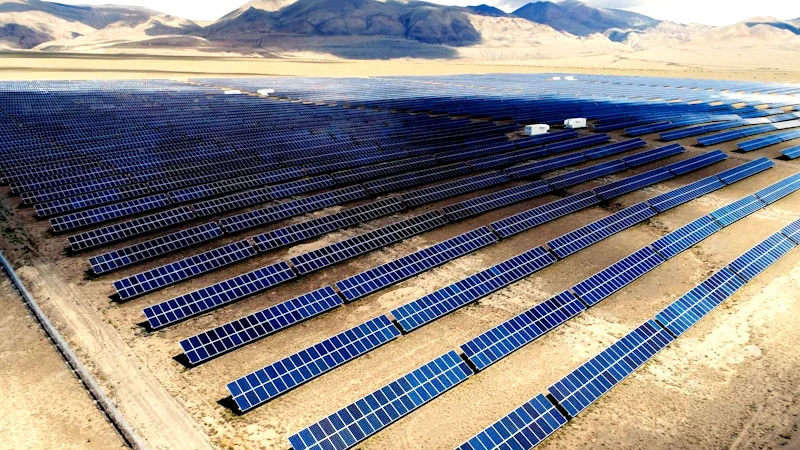In an ambitious move to bolster Brazil’s renewable energy sector, Chinese EV giant BYD joins forces with Raízen, a leading Brazilian energy corporation.
Together, they aim to construct nine solar power installations across Brazil. This initiative is poised to enhance the country’s clean energy capabilities significantly.
Leveraging its vast experience in engineering, procurement, and construction, BYD plans to oversee the creation of these solar plants.
Strategically positioned in various locales, these include
- Betânia, Boa Viagem, and Amontada in the Northeast’s Ceará;
- Fazenda São João and Goytacazes in the Southeast’s Rio de Janeiro;
- Ceará Mirim in the Northeast’s Rio Grande do Norte; and
- Santarém in the Northern state of Pará.
Construction is in full swing, with an anticipated start of energy production by May. Collectively, the plants are expected to boast a peak capacity of 26.5 Megawatts (MW).

This output will power around 5,500 households or over 27,000 residents, assuming an average monthly consumption of 600 kWh per household.
Once operational, the electricity generated by these facilities will be integrated into Brazil’s national grid.
It promises to bring considerable benefits to Raízen‘s business network and associates by creating energy credits.
Background
Brazil’s energy landscape is transforming, with hydroelectric power’s contribution dropping from 90% to 53% of the electricity produced.
This may drop to 42% in seven years. The country is turning to wind and solar energy, driven by their efficiency and lesser environmental impact.
This shift means hydro plants sometimes release water without generating power.
Decades ago, Brazil relied primarily on hydro, coal, petroleum, and nuclear energy. The current energy mix is more diverse, with ten sources, including six renewables.
Wind and solar, at 11.5% and 11.8% of capacity, are gaining favor, with growth expected. This evolution reflects a strategic pivot to sustainable and economical energy sources.

